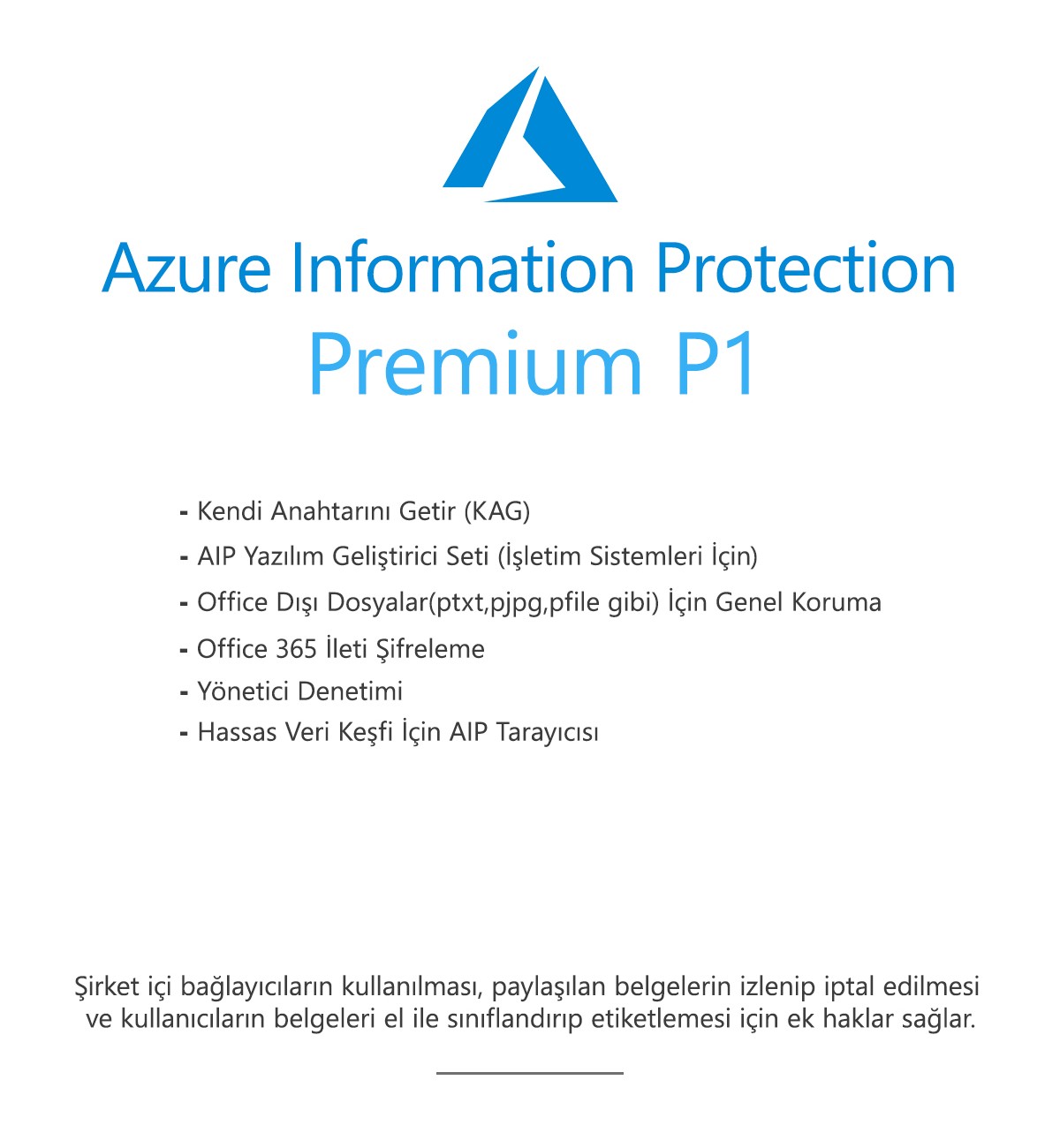
- #AZURE INFORMATION PROTECTION P1 HOW TO#
- #AZURE INFORMATION PROTECTION P1 FULL#
- #AZURE INFORMATION PROTECTION P1 ANDROID#
#AZURE INFORMATION PROTECTION P1 FULL#
#AZURE INFORMATION PROTECTION P1 HOW TO#
More information on how to buy Azure Information Protection will be available closer to General Availability.To provide a unified and streamlined customer experience, we are sunsetting the Azure Information Protection classic client and Label Management in the Azure Portal as of March 31, 2021. Protect data whether it is stored in the cloud or on-premises, and choose how your encryption keys are managed with Bring Your Own Key options.Ĭurrent Azure RMS customers will continue to use the same capabilities with no change to their service until the General Availability of Azure Information Protection later this calendar year, when they will begin to receive expanded capabilities. IT can use logging and reporting to monitor, analyze and reason over shared data. Document owners can track activities on shared data and revoke access when necessary. In-product notifications provide recommendations to help users make the right decisions. These provide simple one-click options to secure data that users are working on. Data classification and protection controls are integrated into Office and common applications. Simple, intuitive controls help users make the right decisions and stay productive Document owners can define who can access data and what they can do with it for example, recipients can view and edit files, but they cannot print or forward.

Share data safely with users within your organization as well as with external customers and partners.
#AZURE INFORMATION PROTECTION P1 ANDROID#
This ensures that data is protected at all times, regardless of where it is stored, with whom it is shared, or if the device is running iOS, Android or Windows.Įnable safe sharing with customers and partners Classification and protection information travels with the data. Persistent protection that travels with your data Once data is classified and labeled, protection can be applied automatically on that basis. Classification can be fully automatic, user-driven or based on a recommendation. Use policies to classify and label data in intuitive ways based on the source, context and content of the data. Specifically,Ĭlassify, label and protect data at the time of creation or modification These realities make it more critical than ever to have solutions that prevent data loss and track information at the file level regardless of where data resides or with whom it is shared. Organizations must protect their data at the source in a world where information travels beyond the boundary of the corporate network and potentially across many devices outside of company control. EMS is a great example of this, and Azure Information Protection is yet another example of this identity-driven approach to security.

In this new approach, protecting employee identity is the foundation of how Microsoft on-premises products and cloud services help you secure and manage devices, apps and data. This new approach delivers data protection, as well as innovative and intelligent new detection capabilities for security teams, while retaining great productivity experiences for people at work.

Highlighted the need for a new approach to enterprise security and outlined some of the inves. , and we expect to have a public preview of Azure Information Protection available next month.Īs our customers continue to digitally transform their businesses, and as the mobile- and cloud-first world continues to evolve, Microsoft has led the way with significant new innovations to enable secure productivity in the enterprise, notably with our market-leading To date, our engineering teams have made incredible progress in combining Secure Islands’ industry-leading data classification and labeling technology with Six months ago, our goal was to continue to innovate and further expand our already comprehensive information protection capabilities for customers. , a new service that builds on both Microsoft Azure Rights Management (Azure RMS) and our recent acquisition of Secure Islands.


 0 kommentar(er)
0 kommentar(er)
